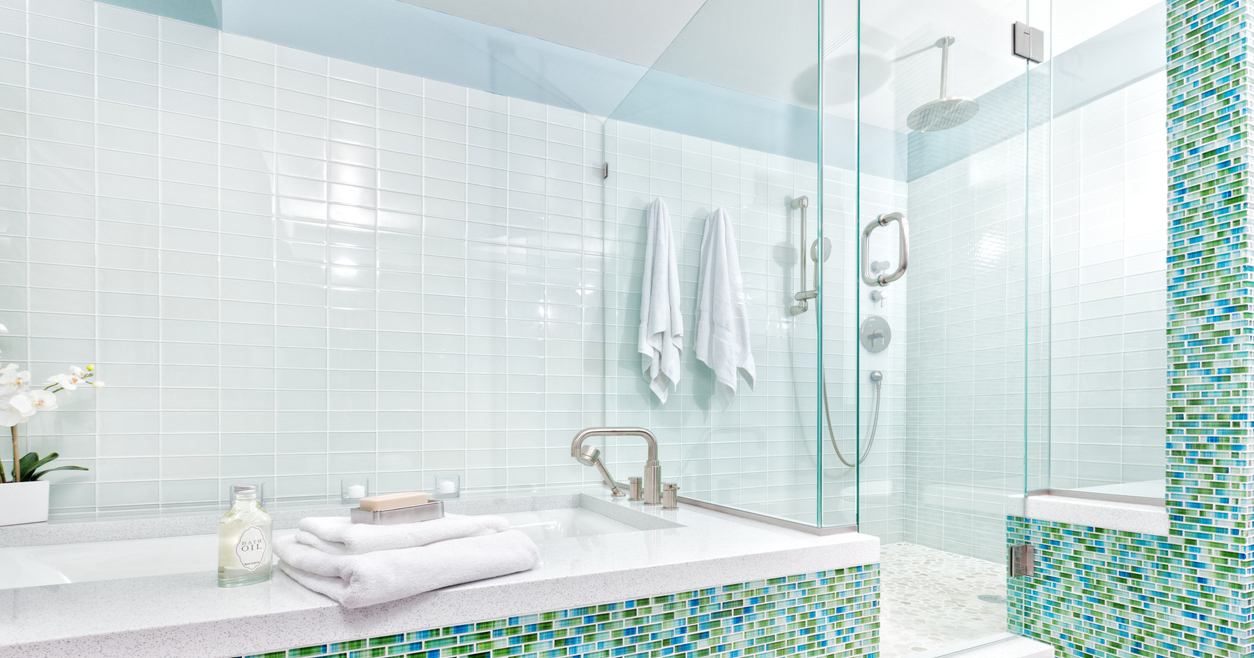Financing Home Improvements
 Home improvement loans provide a source of funds for owners to finance the improvements they want to make. These are usually, personal installment loans that are not collateralized by the home itself. Since there is more risk for the lender with this type of loan, the interest rate is higher than a normal mortgage loan.
Home improvement loans provide a source of funds for owners to finance the improvements they want to make. These are usually, personal installment loans that are not collateralized by the home itself. Since there is more risk for the lender with this type of loan, the interest rate is higher than a normal mortgage loan.
In today's market, the rates on home improvement loans could vary between 6% and 36%. A borrower's credit score will determine the interest rate; the lower the score, the higher the rate and the higher the score, the lower the rate.
Smaller loan amounts are under $40,000 with larger loan amounts over $40,000 based on the extent of the improvements to be made. With all things being equal, a larger loan may have a lower interest rate.
Besides the interest rate being higher than a regular mortgage, the term is shorter. Similar to a car loan, the term can be between five and seven years. A $50,000 home improvement loan for a borrower, with good but not great credit, could have a 12% interest rate for seven years. That would make the monthly payment $882.64.
An alternative way to fund the improvements would be to do a cash out refinance. These types of loans are collateralized by the home. The current mortgage would be paid off with the new mortgage plus the amount for the improvements. Lenders will usually require that the owner maintain a minimum of 20% equity in the home.
Assuming a homeowner owed $230,000 on the existing mortgage and wanted $50,000 for improvements. The new loan amount would be $280,000 and the home would have to appraise for at least $350,000 for the homeowner to have a 20% equity remaining.
Another thing that occurs on a refinance is that the standard term for mortgages is 30 years which means the owner would be financing the improvements for 30 years instead of a shorter term. The advantage would be a smaller payment.
Let's say in this example, the owner originally borrowed $250,000 at 4.5% for 30 years with a payment of $1,266.71. After 54 payments, the unpaid balance is $230,335. If they did a cash out refinance at 4.5% for 30 years for the additional $50,000 and financed the estimated closing costs of $8,700, the new payment would be $1,464.50.
Using the home improvement loan, the combined payments would be $2,149.35 which would be $684.85 higher. While the cash out refinance produces a lower payment, it adds $8,700 to the amount owed and stretches it out over a longer period. Home improvement loans have lower closing costs than regular mortgage loans.
Another alternative loan is a HELOC or Home Equity Line of Credit which can be explored and compared to the two options mentioned above. If a homeowner is going to finance improvements, a comparison of different types of loans and payments can be helpful in the decision-making process.
A trusted mortgage professional is a valuable resource to assist you with current and accurate information. If you need a recommendation, please call me at (859) 647-0700.


 Smart home technology promises to make your home more comfortable, convenient and secure. It may not be the home from the Jetson's but artificial intelligence is the hope to make it the home of the future which is available now and controlled from anywhere you have an Internet connection.
Smart home technology promises to make your home more comfortable, convenient and secure. It may not be the home from the Jetson's but artificial intelligence is the hope to make it the home of the future which is available now and controlled from anywhere you have an Internet connection.






